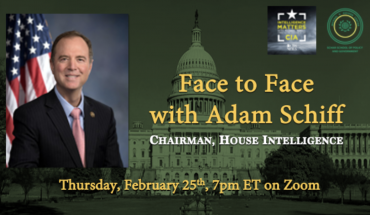NEW DEPLOYMENT WOULD ADD 6,000 SOLDIERS UNDER NEW TRUMP WAR POLICY
By Sarah Wheeler and Henry Clay, Staff Writers
The war in Afghanistan has raged for 16 years, making it the longest conflict in U.S. history and shaping many opposing views of the constant fighting.
President Donald Trump recently announced a new policy of secrecy to fight the ongoing war. “America’s enemies must never know our plans or believe they can wait us out,” Trump said during an Aug. 21 speech. “I will not say when we are going to attack, but attack we will.”
Many of the troops who served in the country have gone to college afterward using their G.I. Bill education benefits – Mason alone has over 2,000 student veterans per year according to the U.S. Department of Veterans Affairs.
When asked about possible motives for the President’s new policy, one Mason veteran speculated, “What his advisors are probably worried about is the possibility of a power vacuum forming like we saw in Iraq. If our presence diminishes enough it leaves the door open for other groups to step in.”
Former Secretary of the Army Patrick Murphy gained attention earlier this month when he told soldiers in Fort Carson, Colorado that two of their units would be deploying shortly to the war in Afghanistan. The 4th Infantry Division stationed at Fort Carson quickly denied Murphy’s claim, but his comments were only the latest rumor of escalating deployment numbers.
Another student veteran on campus asked about the troop surge responded, “What it comes down to is the objective. Before anyone can look at this situation and determine the efficacy of deploying more troops, we need a clearly outlined objective from the administration. As of now we don’t have one.”
The potential surge of troops is aimed at combating the ongoing terrorism in Afghanistan. There are nearly 20 active terrorist groups in the country, including the Taliban, al-Qaeda and ISIS. According to the Defense Department’s Special Inspector General for Afghanistan Reconstruction, the Taliban currently controls more than 40 percent of the country, and around 8.4 million Afghans – one third of the country’s population.
Patriots for Peace, a student organization at Mason, shared their thoughts on the war. “While the protracted and complex conflict in Afghanistan has no simple solution, an increase of troops reinforces America’s commitment to build peace in the region,” said a spokesperson for the organization, “What is uncertain, however, is if our increased military presence will lead to higher tensions, and thus higher levels of violence.”
In August, the Pentagon acknowledged publicly that the United States has approximately 11,000 troops in Afghanistan, which is more than what has been formally disclosed in past years. Although the new surge suggested by Murphy would increase the U.S. military presence by 6,000 troops in Afghanistan, it will not come close to the 2011 peak of 100,000 troops during President Obama’s administration.



